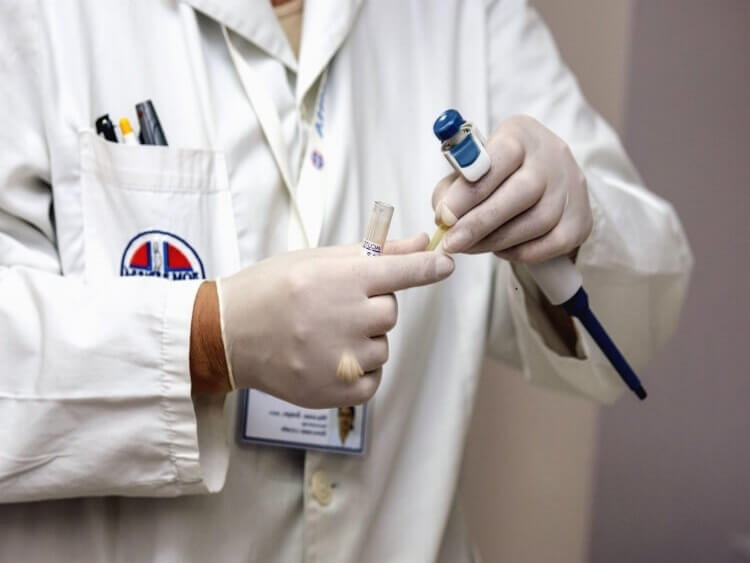3269
Histamine H1 Receptor (Phospho-Ser398) Antibody
Histamine H1 Receptor (Phospho-Ser398) Antibody
HRH1
P35367
55 kDa
Rabbit
600167
H, M, R
1 mg/ml
Phospho
364-413
Hs.1570
IF ELISA
anticorps
Polyclonal
H:S398 M:S399 R:S397
H1-R; HRH1; histamine H1 receptor
Stable at -20°C for at least 1 year.
Rabbit IgG in phosphate buffered saline (without Mg2+ and Ca2+), pH 7.4, 150mM NaCl, 0.02% sodium azide and 50% glycerol.
Histamine H1 Receptor (Phospho-Ser398) Antibody detects endogenous levels of Histamine H1 Receptor only when phosphorylated at Ser398.
The antiserum was produced against synthesized peptide derived from human Histamine H1 Receptor around the phosphorylation site of Ser398.
If you buy Antibodies supplied by Assay Biotech they should be stored frozen at - 24°C for long term storage and for short term at + 5°C.
The antibody was purified from rabbit antiserum by affinity-chromatography using phospho peptide. The antibody against non-phospho peptide was removed by chromatography using corresponding non-phospho peptide.
The receptors are ligand binding factors of type 1, 2 or 3 and protein-molecules that receive chemical-signals from outside a cell. When such chemical-signals couple or bind to a receptor, they cause some form of cellular/tissue-response, e.g. a change in the electrical-activity of a cell. In this sense, am olfactory receptor is a protein-molecule that recognizes and responds to endogenous-chemical signals, chemokinesor cytokines e.g. an acetylcholine-receptor recognizes and responds to its endogenous-ligand, acetylcholine. However, sometimes in pharmacology, the term is also used to include other proteins that are drug-targets, such as enzymes, transporters and ion-channels.
